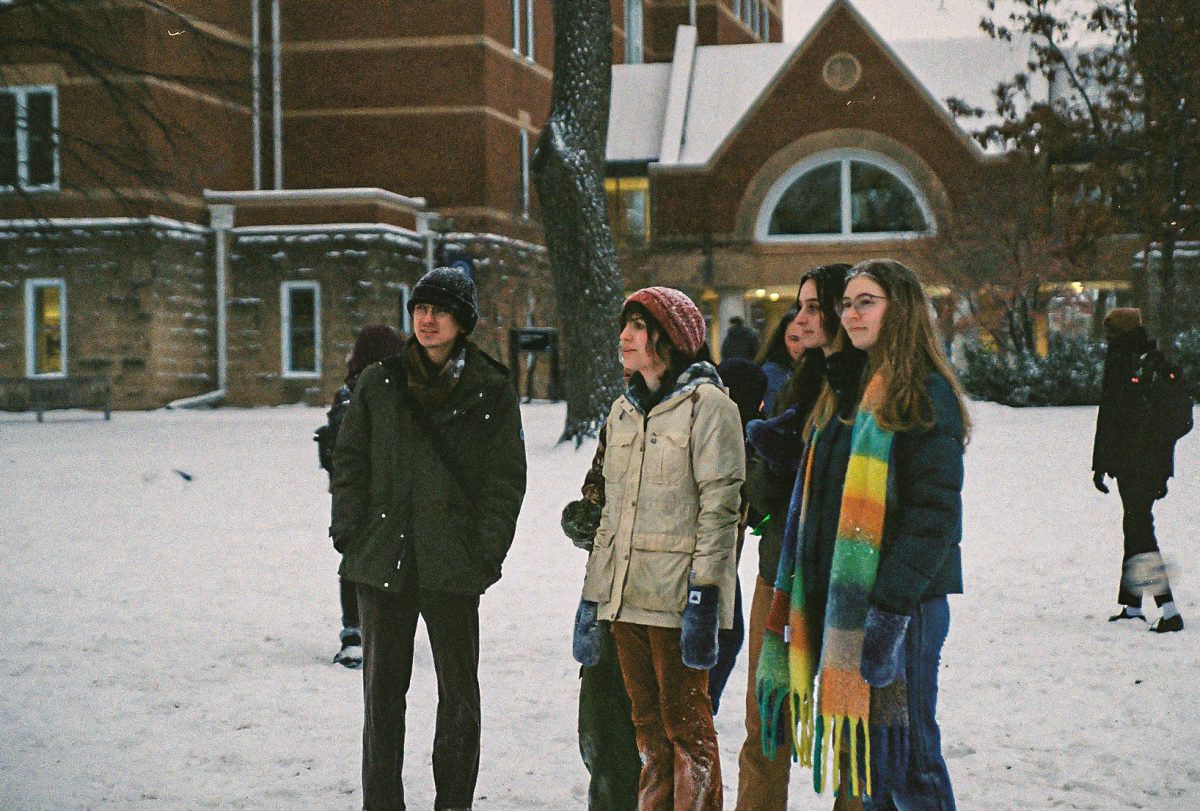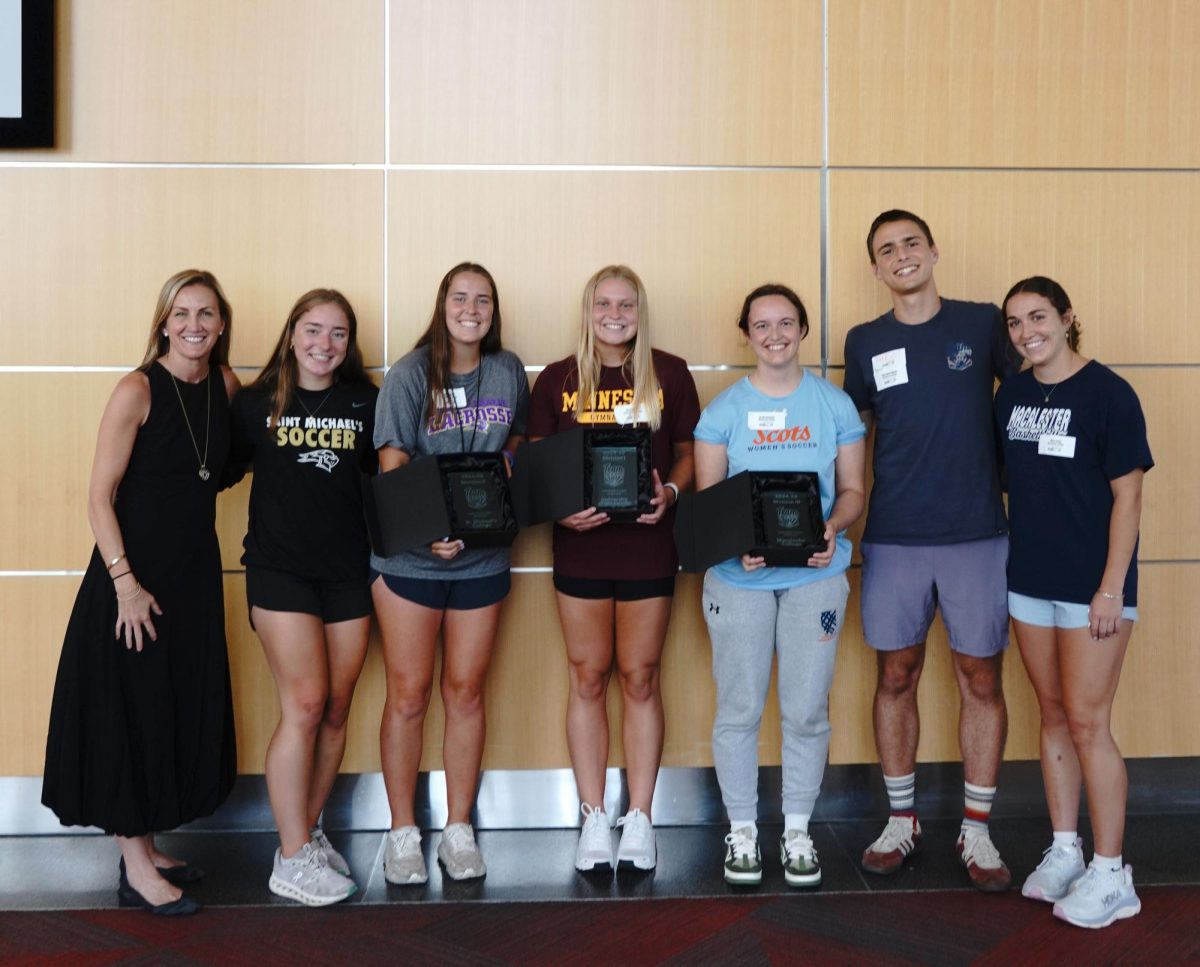Markus Hoeckner traces the origins of his passion, wildlife photography, to the first time he witnessed the beauty of a Northern Cardinal during spring migration in a park near his home in Chicago.
“There was just this moment when I realized just how beautiful this bird was and I just wanted to keep watching it,” Hoeckner said. “All of a sudden, I was like ‘Wow. I want to capture this on camera.’”

Hoeckner has been photographing wildlife, mammals, songbirds, and particularly birds of prey – such as hawks and owls – since his freshman year of high school.
His desire to capture the beauty of wildlife through his lens has led him across the United States and even to Sauerland, in central Germany, which has an abundance of owls, hawks, and foxes because of the huge amount of rodents in the area.

“It is one of my biggest passions, even though I don’t get to do it all the time. I used to go outside like every weekend in high school because I had access to a car,” Hoeckner said. “My pictures are for my friends, my family, for me and for other photographers. I only view my photographs as things that people can enjoy.”
Although Hoeckner photographs all kinds of mammals and birds, his favorite types of animal to photograph are birds of prey and songbirds. He enjoys the hunt, scanning open areas or searching through forests for owls that blend into their environment of dense pine branches.
“It’s like ‘Where’s Waldo?’ almost,” Hoeckner said. “It’s very hard to find them.”
Further, songbirds make for amazing color compositions in photographs because of their habit of feeding on insects found near flowers and their propensity for perching in blossoming trees.

“The thing that’s really fun is trying to capture them on camera because they are moving around so often,” Hoeckner said. “But they are just really fun to photograph because they are so colorful.”
Hoeckner, of course, has made mistakes that he was eager to discuss. In particular, one of these–which Hoeckner discussed in his college admission essay–was the controversial practice of “baiting” owls, which essential means throwing food (typically mice) to entice the owl closer to make it easier to photograph.
During his sophomore year of high school, Hoeckner had heard that a snowy owl had been spotted two hours outside of Chicago, an extremely rare occurrence. After convincing his father to drive him to the location, he ran into a fellow wildlife photographer who had spotted a snowy owl about 100 yards away on private property: much too far to take a photograph. Using mice the photographer had gotten from a pet store, Hoeckner and the other man baited the owl.
“It’s putting the bird in danger because once the bird is fixed on the prey, it’s not focusing on anything else and it’s just unnatural behavior,” Hoeckner explained. “You are putting the bird in danger to get a ‘super cool’ shot, which isn’t even natural. I realized afterward how it’s so unethical. In my lifetime I’ll have enough opportunities to see a snowy owl and I should never put one in danger again. I just learned that I have to put the animal’s well-being in front of mine.”
Hoeckner has shifted his methods, now emphasizing the importance of patience, which he says is just part of the process.
“Most people have such an agenda that they don’t have time to wait around for wildlife,” Hoeckner said. “They just try to meddle [in the animal’s habitat]. Patience is the biggest thing.”
To see Markus’ portfolio, visit markushoecknerwildlifephotography.com
Hoeckner’s Equiptment:
Canon EF 400mm fixed lens with a Manfrotto tripod, an external flash and a flash extender (called a beamer).






Victor Jackson • Sep 8, 2019 at 7:15 am
yay google is my world beater helped me to find this great website ! .